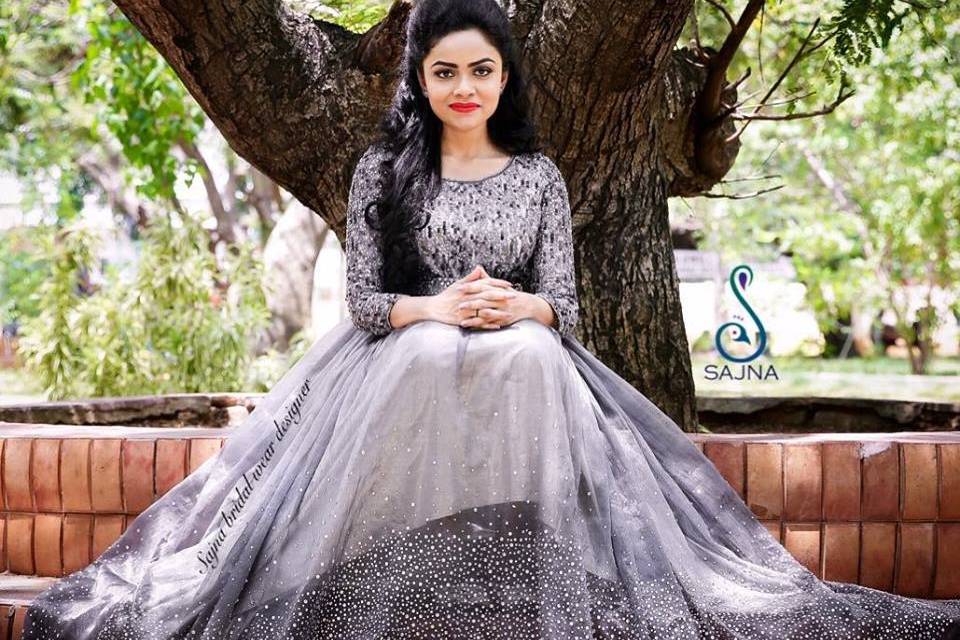Lehenga choli is a three piece Indian attire, quite admired and accepted for its elegance and class. This attire, which is quite popular among India’s younger population, is typically worn on big events like weddings and festivals. It consists of a long Indian skirt called a lehenga and a formfitting blouse with embroidery or decorations called a choli. Lehenga and choli are worn with a long piece of clothing called a dupatta, which gives this ensemble more grace and refinement.
Popularity of Lehenga Choli
Lehenga Choli gained its popularity among Indians after the Mughals conquered the country in the tenth century. Since then, everything about the lehenga has changed, including the embroidery, stitching, and fabrics like silk and brocade. During the Mughal Empire, the lehenga gradually evolved into a royal garment. Instead of being the norm for the majority of Indians, this royal garb is now a statement of fashion. The most beautiful and priceless lehenga designs are widely seen during the wedding season, and is gaining its widespread popularity as a bridal favorite. Indian brides wrote a fashion statement with lehenga pronouncing them as bridal lehenga.
Red -The Color of Bridal Lehenga
Symbolically, red is pondered as the most sacred color by Hindus in India. The color red is also considered auspicious and represents wealth, luck, and fresh starts. It is used as decorations for special occasions, deity outfits, and is what Indian ladies wear for festivals like Karva Chauth and Teej. In addition to being a bridal need, the lehenga painstakingly brings her wedding day wishes to reality. The bride’s personality and sense of style are also communicated through the lehenga, which is no longer merely a reflection of Indian heritage and rituals. It emphasizes textiles, craftsmanship, and motifs from India. It looks great on a variety of fabrics, including banarasi, silk, georgette, and net, with zardosi, zari, sequins, badla, stones, and japani cut-dana and pearl. The bride’s ideal self-image for her wedding day is then incorporated into the ethnic and regal patterns, which recall India’s illustrious past.
Saree for Women
The term Vastram came with the Aryans. They adopted the practise of drapery with cotton weaves during this time, and both the drape and the fabric itself were given the name Neevi. Pitambar and Patola were also created around this time. With the arrival of British rule, these saree for women witnessed significant alterations in the way it was draped.
The word “sattika”, whichwas often used to refer women’s clothing was found in early Jain and Buddhist writings, gave rise to the garment. The saree consists of the Antriya, the lower garment, the Uttariya, a veil worn over the shoulder or head, and the Stanapatta, a chest band, made up the Sattika, a three-piece outfit. This grouping can be traced back to Buddhist Pali literature and Sanskrit literature from the sixth century BC. Poshak, the Hindi word for costume, was the name of the three-piece ensemble. Antriya resembled a dhoti or a sari tied in the fishtail style.
Types of Sarees for Women
Traditional regional handloom sarees for women included different styles made of silk, cotton, ikkat, block-printed, embroidered, and tie-dyed textiles. Most pursued brocade silk sarees included Banarasi, Kanchipuram, Gadwal, Paithani, Mysore, Uppada, Bagalpuri, Balchuri, Maheshwari, Chanderi, Mekhela, Ghicha, and Narayan pet.Years later, with the arrival of foreigners, wealthy Indian ladies began asking the craftspeople to employ pricey stones and gold threads to create distinctive sarees for the stratum that could definitely make them stand out. However, as a piece of clothing, the saree remained neutral and was altered in various ways by each stratum. That was the garment’s beauty, and it still is.

